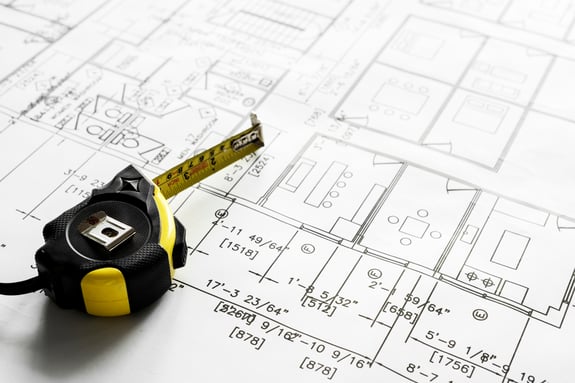Choosing a trade show booth size can be daunting. There’s so much to consider! Would an inline booth be too small? Is an island too expensive? A peninsula sounds great, but what’s with the height limitations?
If you’re feeling like Goldilocks, unable to find a trade show booth design that’s just right for you, consider a split island booth!
What is a split island booth?
A split island is like a peninsula booth—it’s open to aisles on three sides—but shares a back wall with another island booth rather than backing up to inline booths.
How is a split island booth different than a peninsula booth?
Peninsula booths typically carry the same height limits, due to line of sight rules. On the other hand, split-island booths usually enjoy maximum heights of 16 to 20 feet.
What size is a split island booth?
Split island booths are 20 feet wide and 20+ feet long. Typically the width remains at 20 feet where the back walls of the two islands meet, and the length is variable.
When should you use a split island booth?
If you’re looking to make a splash with a booth that is 20’x20’ or larger (and don’t mind sharing one wall with another exhibitor), a split island booth is a smart option.
For increased flexibility, you can create a dynamic trade show booth design so that the split island booth can also be used as a peninsula booth when needed by removing a hanging tower feature or lowering signs.
What are some split island best practices?
1. Work Your Angles:
When you have traffic on three sides of your exhibit, it’s important to ensure that all entrance points are easy to find and properly staffed.
2. Control the Flow:
The story your trade show exhibit tells is determined by how visitors move through your booth. You want guests to see and hear the right information in the right order. You can do this by adjusting the layout of your trade show booth design and features to ensure that attendees follow a logical and effective path.
3. Consider all vantage points:
Tall booths have the advantage of visibility from afar, but don’t forget about the people passing close to your exhibit. Make sure you have some signage and graphic displays placed low enough that they can be seen by visitors who are near your display.
4. Shed Some Light:
Trade show lighting makes all the difference between an exciting, inviting display and a dreary, unkempt booth. Floodlights, spotlights, and backlit displays are great trade show booth design options to illuminate your split island exhibit.
With these split island best practices and tips, you can pick the right booth size and design for your trade show goals. If you could use some expert advice, don’t hesitate to check in with the gurus at Exhibit Options, we’d love to help out!



COMMENTS